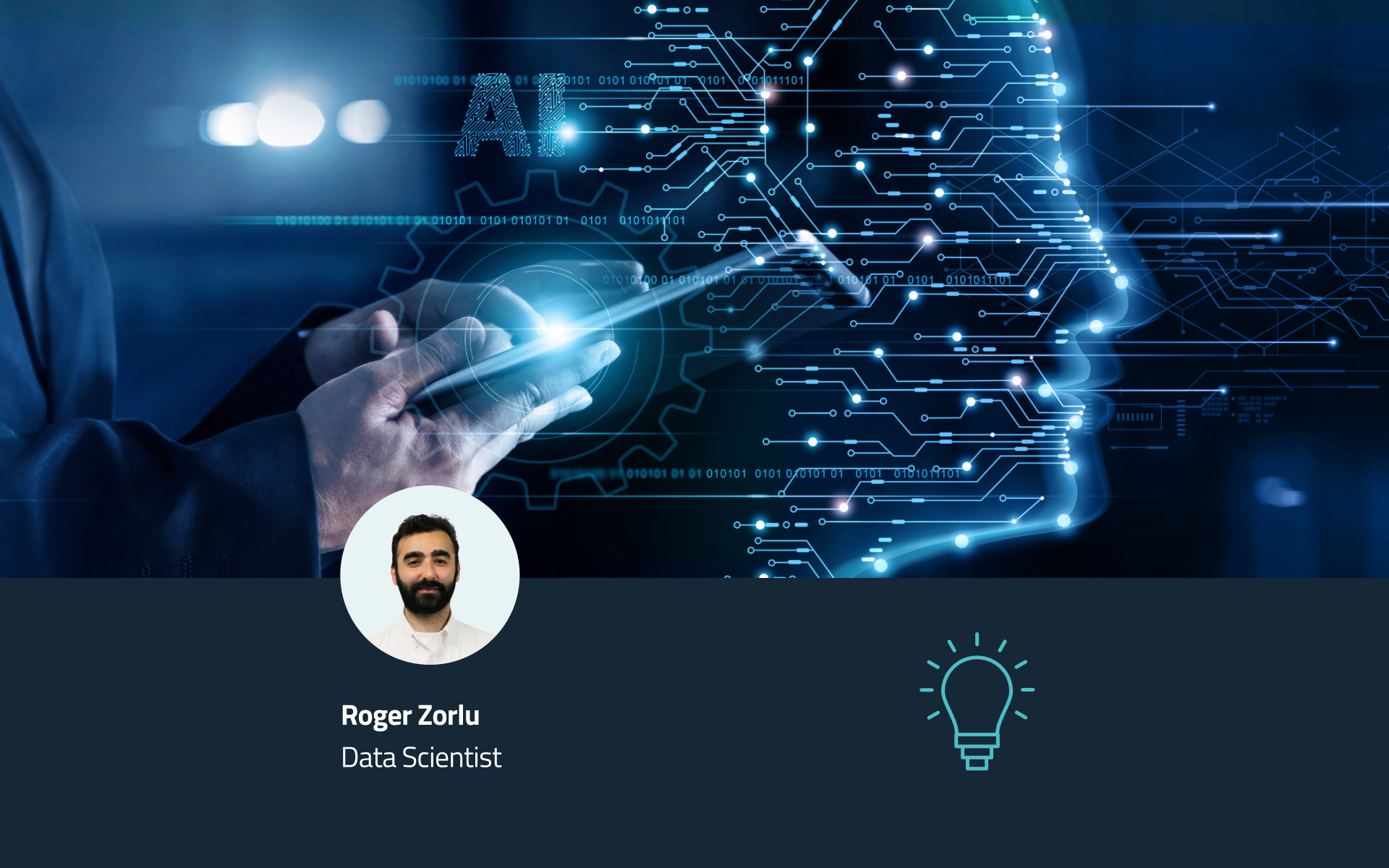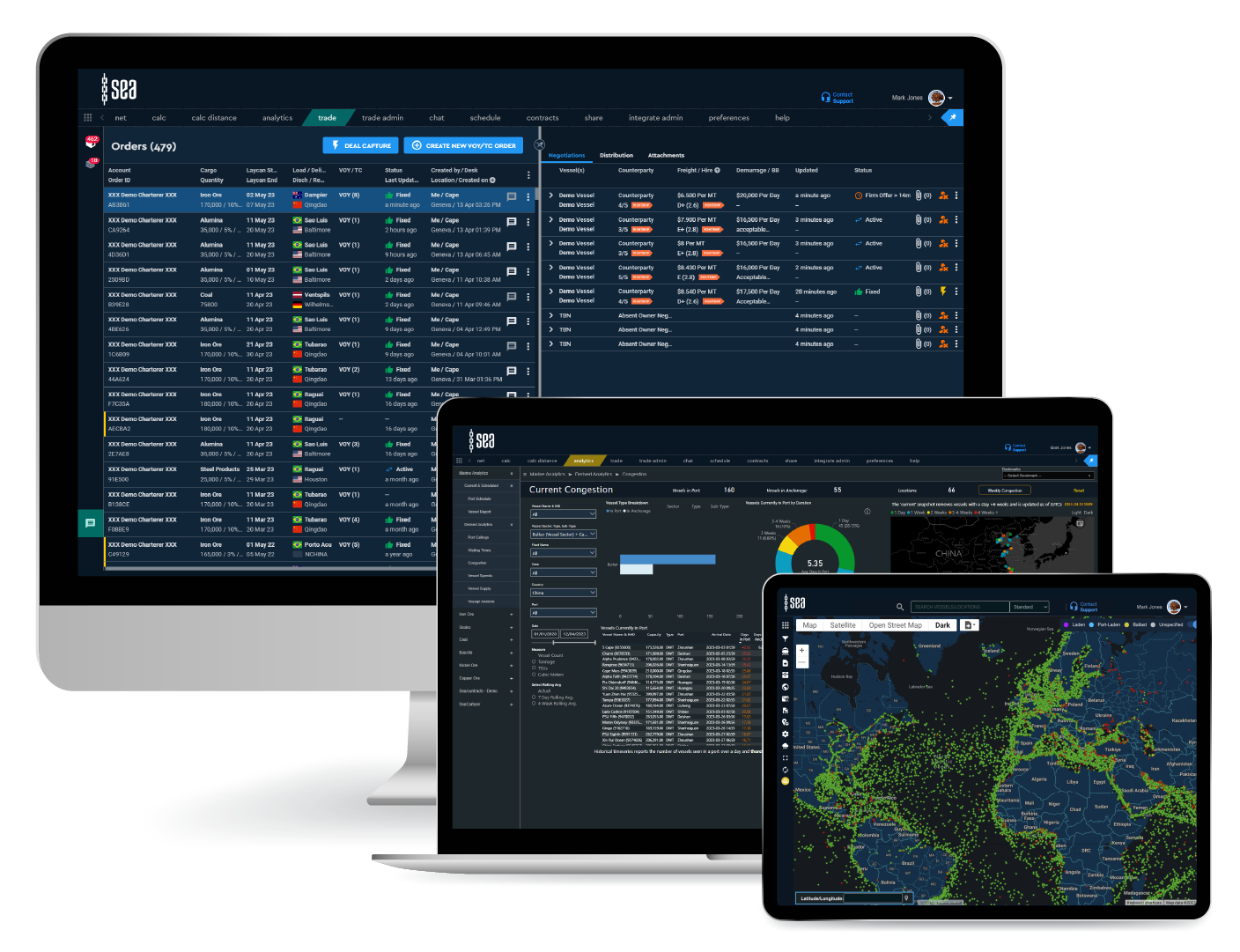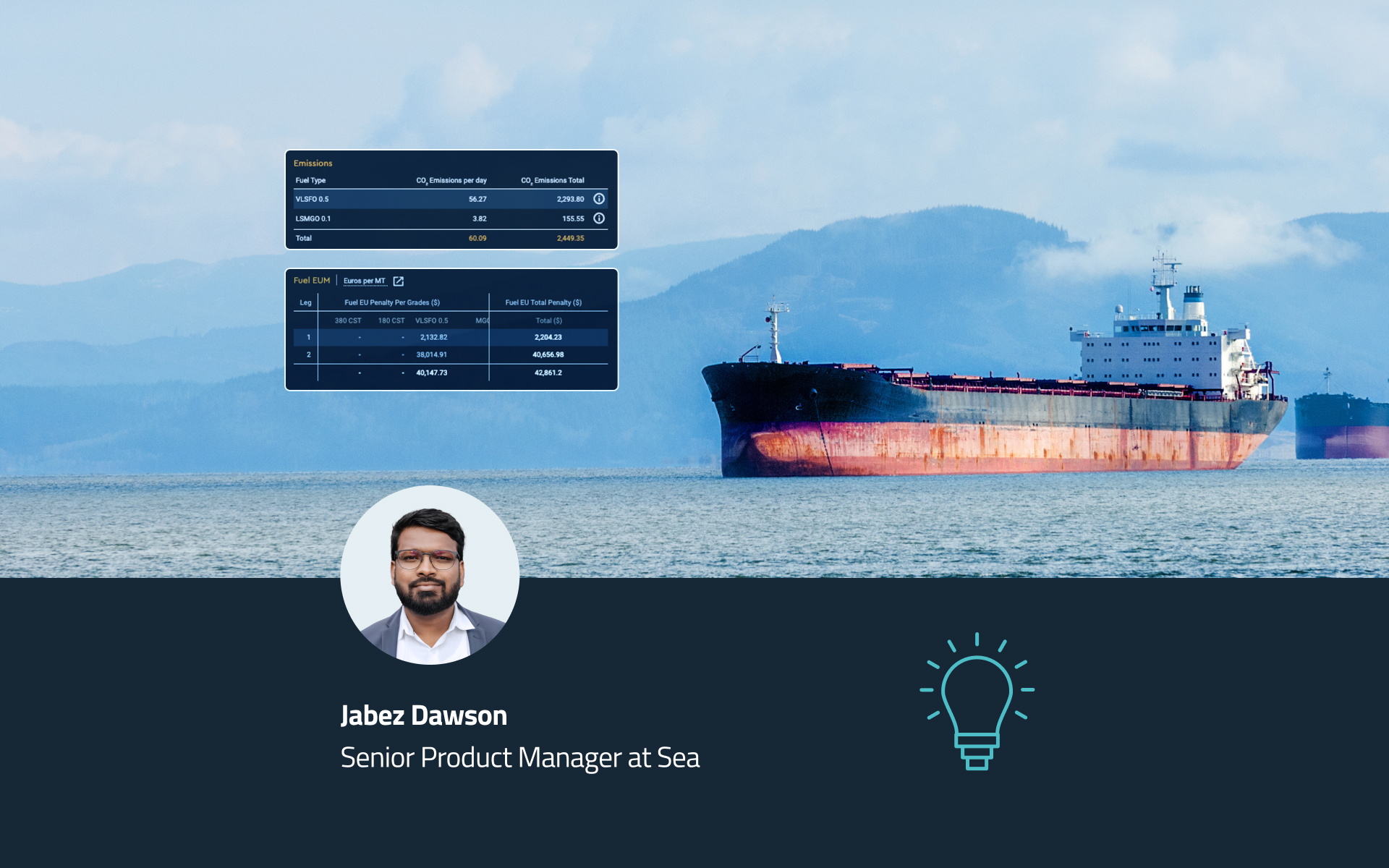The third and final instalment exploring key takeaways from the second Annual Generative AI Summit is here. Today, we’re exploring the last step of this journey: making AI adoption a success within a business. One of the main lessons for us was that the success of AI projects is commonly underpinned by changing mindsets and demonstrating tangible value from investment in the technology. This involves not only showcasing the potential benefits of AI but also educating stakeholders and increasing AI literacy across an organisation.
Shifting mindsets about AI within a business often start with such education and evangelism. It’s always been important to me to demystify AI for non-technical stakeholders. This is particularly crucial with the advanced capabilities that Generative AI (GenAI) offers. The best way to clear doubts and ease minds is to provide clear, accessible information about what AI can and cannot do.
Bridging the knowledge gap
Building up this knowledge involves hosting companywide workshops, creating learning resources, and fostering a culture of continuous learning. By engaging in active dialogue and sharing success stories, you can build enthusiasm and support for AI initiatives. This approach not only increases literacy and comfort with AI but also helps align group understanding of its potential, paving the way for more informed decision-making and strategic planning.
Additionally, to successfully integrate GenAI into a business, it’s vital to show its tangible benefits and strategic advantages. This requires selecting use cases that align with key business objectives to demonstrate clear improvements in efficiency, decision-making, and overall performance. Admittedly, there was a common agreement that this can be hard to communicate – with AI there is usually a potential to provide strategic value, rather than immediate business value which is often what businesses are looking for.
Allow a culture of innovation to flourish
In our previous entries, we discussed the importance of having the right data and involving internal stakeholders throughout the process of AI development. These steps go a long way in creating a culture that embraces an innovative spirit. It allows organisations to nourish an environment where new ideas and development are celebrated, providing teams with the space to explore and build meaningful AI solutions. Engaging stakeholders early in the process and getting their understanding and buy-in is crucial for long-term success.
Towards an AI-driven future
The journey with GenAI is filled with opportunities and challenges, but organisations embracing these advancements are leading in the industry and are well-positioned to unlock significant new value. So, for us at Sea, as we stick to our commitment to using high-quality data, adopting a human-centric approach and demonstrating the tangible business value that this technology brings, we are confident in what lies ahead for Sea’s journey with AI.
And speaking of the future, we will soon be sharing some exciting updates on how we plan to implement AI across our intelligent marketplace – so keep an eye out!
For us at Sea, innovation is part of our DNA and our values. We have been driving the maritime industry towards digitisation and modernisation to streamline freight trade, contracts, compliance, carbon exposure and monitoring, and more. So, it’s a natural next step for us to set sail on also utilising AI to revolutionise our products, and make sure our offerings match the needs of the rapidly evolving world around us.
If you missed our two previous blogs following the Generative AI Summit and are interested in learning more, please click here.
Share this article
Don’t miss the latest news and insights - subscribe to our newsletter
For press enquiries, please email news@sea.live





